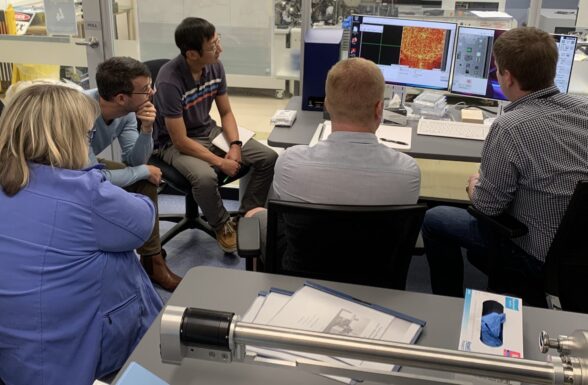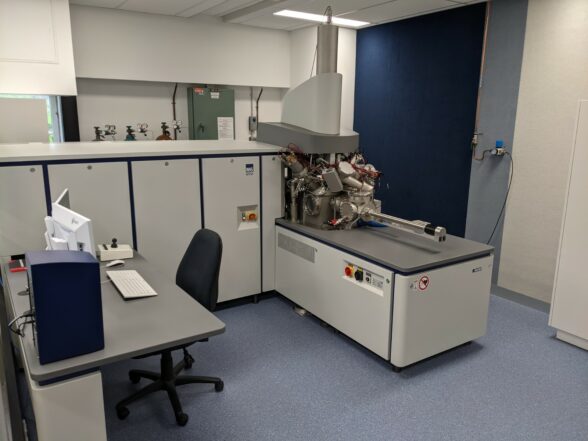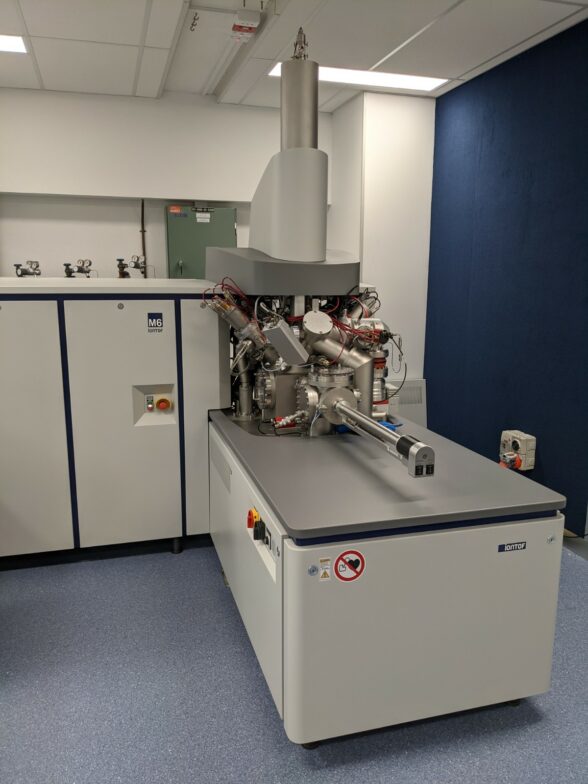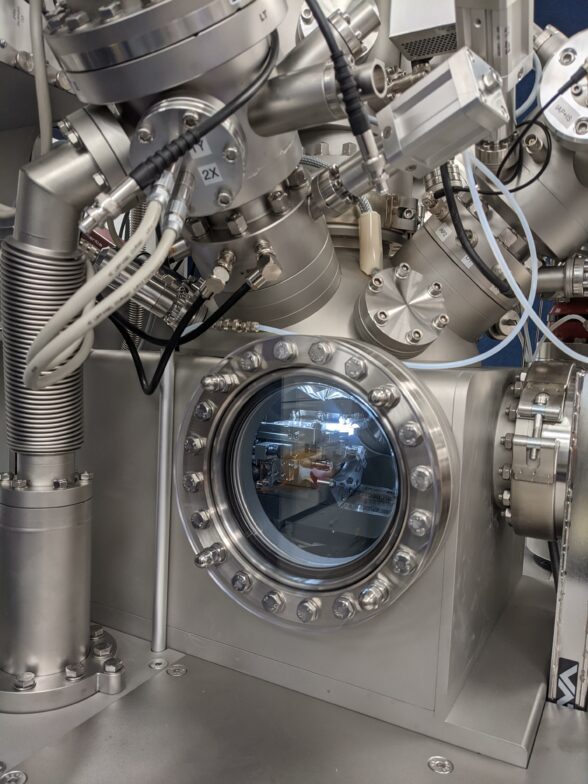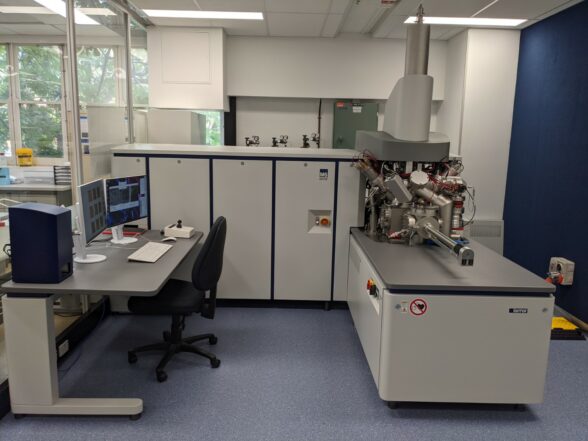Time of Flight – Secondary Ion Mass Spectrometry (ToF-SIMS) Facility
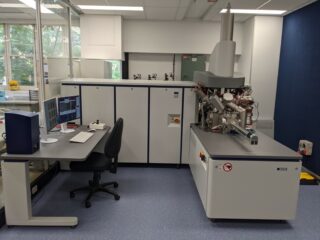
Instrument: IONTOF M6 ToF-SIMS
Time of Flight – Secondary Ion Mass Spectrometry (ToF-SIMS) is a surface sensitive analytical technique that provides detailed elemental, isotopic and molecular information about surfaces, interfaces and thin layers with nanoscale spatial resolution and parts per billion sensitivity.
In 2021 the JdLC commissioned a state-of-the-art IONTOF M6 ToF-SIMS which was funded through an ARC LIEF grant in collaboration with Curtin University, University of Western Australia, Murdoch University and Edith Cowan University.
The following summarises the capabilities of the instrument.
- Ultra-high imaging resolution (<50 nm lateral resolution)
- Mass resolution >30,000
- Parallel detection of all ions, organic and inorganic
- Very high mass range (>10,000 u)
- Dual beam depth profiling for high quality analysis over extended depths
- Gas cluster ion source for molecular analyses
- 3D analysis, even for organic materials
- Extended dynamic range for (semi)quantitative compositional analysis
- Unique delayed extraction mode for high transmission with simultaneous high lateral and high mass resolution
Applications
This facility supports collaborative research, student training & education and demand driven project research with external organisations and industry. The following is a broad summary of the applications:
Earth Science
- High resolution chemical and isotopic mapping of geological samples
- Analysis of organic material in exceptionally preserved fossils
- Studying the spatial distribution of various organic molecules in shale rock
- Trace and light element mapping in 2D and 3D
- Depth profiling for diffusion studies
Materials Science
- Li analysis in battery materials
- Analysis of nuclear materials
- Depth profiling of layered structures
- High resolution chemical mapping
- Semi-quantitative isotopic analysis of enriched materials
Chemical Science
- Forensic chemistry for fingerprints and ink
- High resolution imaging and chemical analysis of fuel cells, nano-particles and reaction products
- Depth profiling over solid electrolyte interphase in energy storage materials
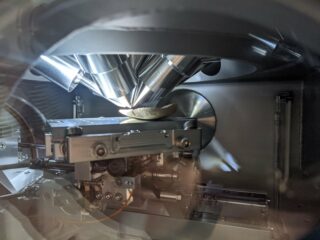
Configuration of the JdLC IONTOF M6
Nanoprobe 50 liquid metal ion gun (LMIG)
- A 30 kV, high-end BiMn cluster ion gun for high mass resolution surface spectrometry, high lateral resolution 2D and 3D imaging as well as high performance depth profiling
Dual Source Column (DSC)
- A high current ion optical column with two ion sources, an electron impact ion source and a thermal ionization caesium ion source.
- O2+ source for increasing positive ion yield
- Cs+ source for increasing negative ion yield
Gas Cluster Ion Beam (GCIB)
- High-performance ion optical column with an argon or oxygen gas cluster ion source (clusters >5000 atoms).
- This column is used as a sputter source for dual beam depth profiling and 3D analysis profiling in combination with the NANOPROBE 50.
- This column is configured to be used as a primary ion source for minimal fragmentation of organic secondary ion.
Extended dynamic range (EDR) analyser
- High-speed and mass-selected secondary ion rerouting system to enable the analysis of up to one hundred times higher count rates with perfect linearity and high reproducibility.
- The EDR option enhances the dynamic range in TOF-SIMS significantly.

